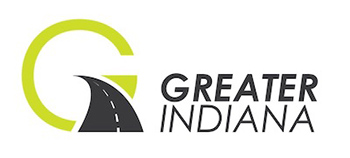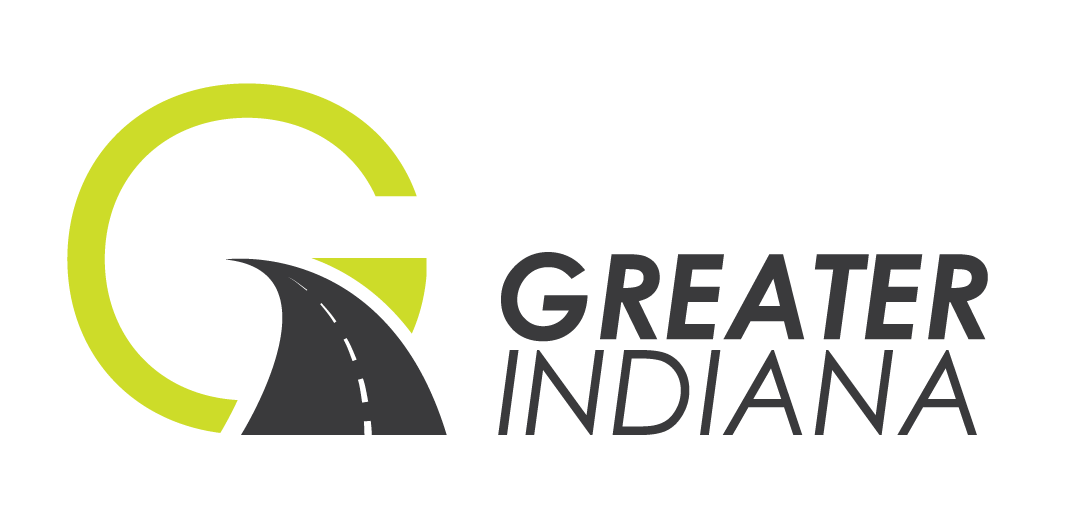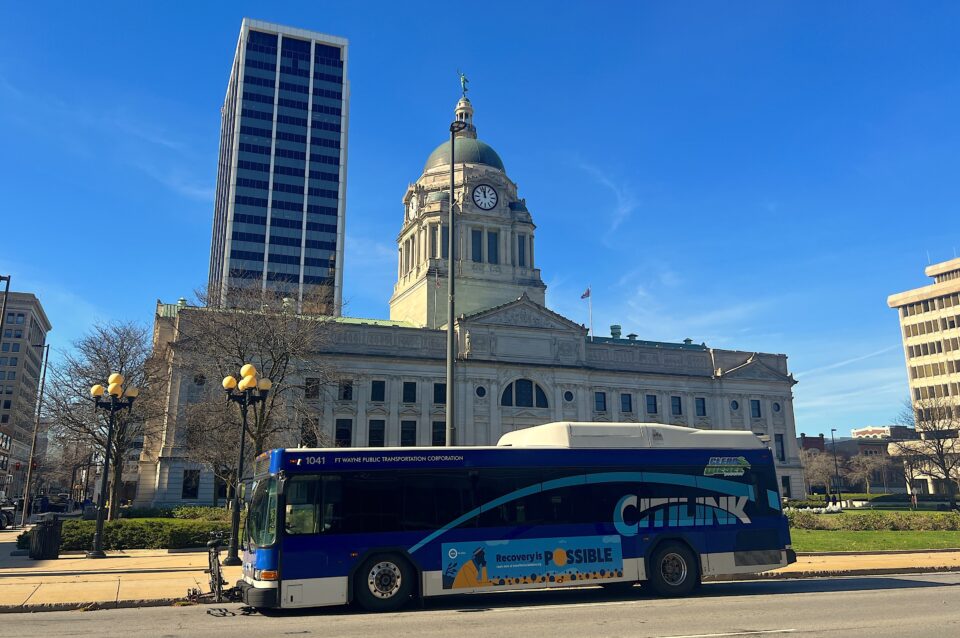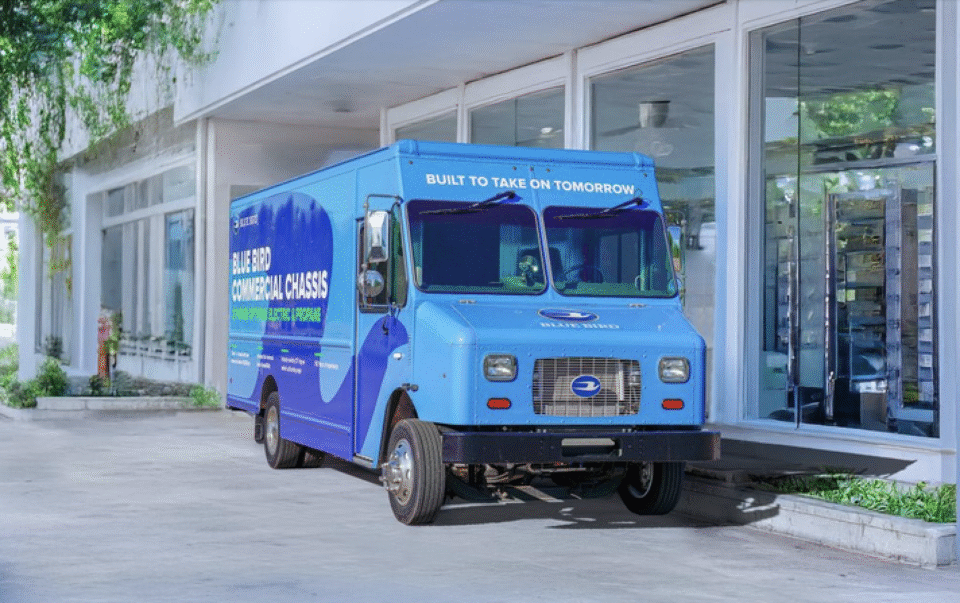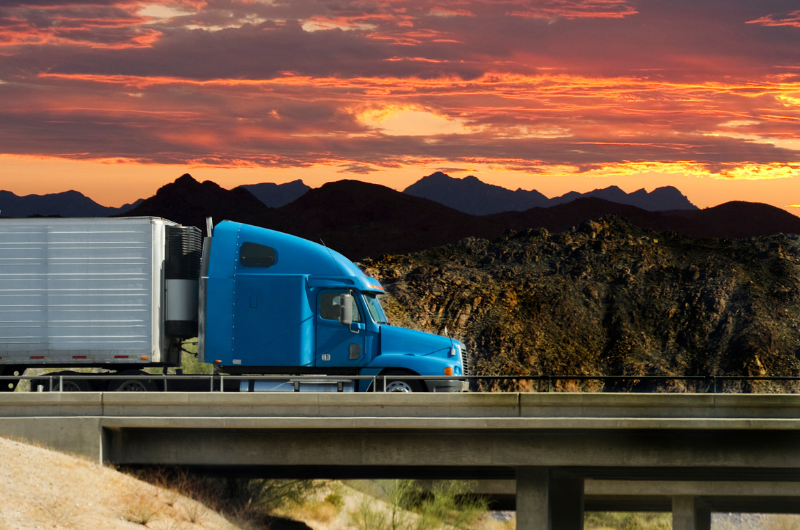Program Pushes Law Enforcement to Consider Alternative Vehicles
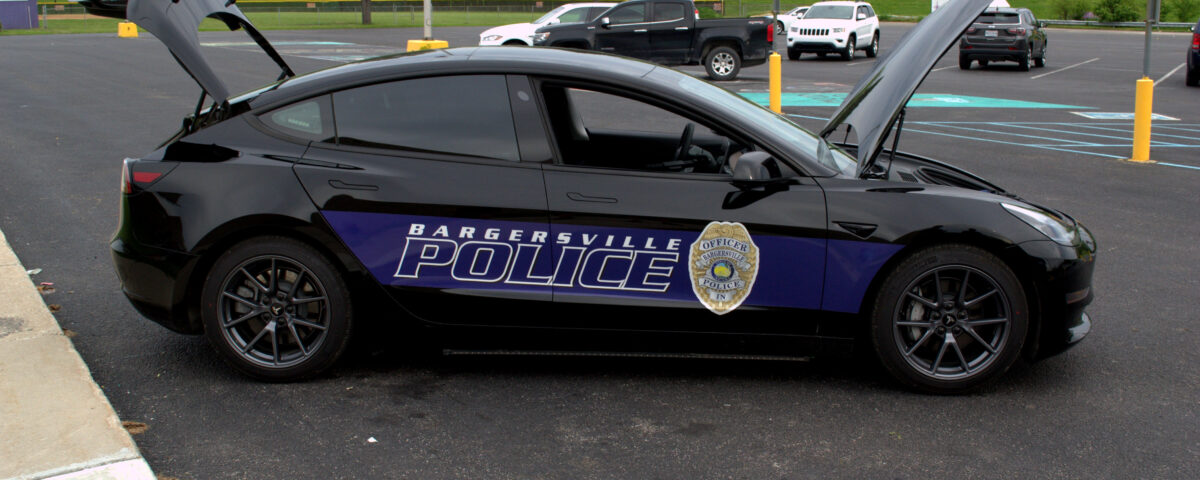
Original article by Inside Indiana Buisiness
Greater Indiana Clean Cities Inc. has launched a project to help law enforcement agencies throughout the state begin the transition to alternative fuel vehicles. Through the Greater Indiana Law Enforcement Hybridization/Electrification Project, more than 40 agencies in central and northern Indiana are working to replace aged equipment in their existing fleets. The project is part of the Drive Electric Indiana program, which launched in January to create a one-stop shop to educate people, businesses and other entities throughout the state about making the move to electric vehicles.
Greater Indiana Executive Director Kerri Garvin says the launch of the law enforcement project came organically.
“We had a couple law enforcement agencies approach us and say, ‘Hey, we’ve been thinking about doing this. We just want to learn more about the vehicles and wanted to see what’s out there as far as funding if there is and then help our officers get more acquainted with these types of vehicles.'”
She says the organization had already been working with the town of Bargersville, which had begun incorporating the Tesla Model 3 in its police vehicle fleet. The department unveiled its first all-electric patrol vehicle in 2019 and has since added three more to its fleet.
“Cost is a big deal,” said Garvin. “If it’s a full electric vehicle, they’re not having to pay for fuel. Now, they do pay electricity costs, but those are a fraction of the cost that they would [pay] for gas. We’re also seeing that the maintenance is cut down and that makes a big difference when municipal budgets are always getting crunched or looked at and you have to prioritize.”
According to Greater Indiana, the department saved more than $6,300 in fuel and maintenance costs with its first electric patrol car during its first year of service. The organization says over the six-year span that a department typically has a vehicle, each Tesla will save the department about $38,000.
Garvin adds the switch to more alternative vehicles also helps improve the air quality of a community. After noting the efforts of Bargersville, along with growing interest from other agencies, the Greater Indiana held a “ride and drive” event earlier this year.
“There was a lot of great feedback just being able to get behind the wheel and learn more, again, about the vehicle and how it works. It was all positive. I know many of them are looking at hoping to add new types of vehicles to their fleet and then we’re getting interest from more agencies who also want to be part of this.”
Garvin says the Drive Electric Indiana program is working to help entities beyond just law enforcement think about adding electric vehicles to their fleets statewide.
“We’re already working with multiple schools on helping them get acquainted with electric school buses. Anyone who’s looking at doing electrification with more medium and heavy-duty vehicles, so we’re working with municipalities on how they can switch out some of those larger trucks with an option that’s electric. We’re also increasing some of our outreach events…because we’re actually seeing an increase in a number of attendees coming to these things and wanting to learn more about the vehicles, learn about if there’s incentives and just get familiar with the technology.”
Garvin adds transportation is one of several ways for municipalities to achieve their energy efficiency objectives.
“We’re seeing multiple cities in Indiana that are setting sustainability goals, whether that’s related to climate change or they want more efficient operations and it really hits on all of those areas. Transportation touches everybody’s lives and we come at it as how do we make it just a little bit better not just from that cost-saving standpoint, but for everyone, for the air we breathe and for the environment.”
You can learn more about the Law Enforcement Hybridization/Electrification Project by clicking here.
